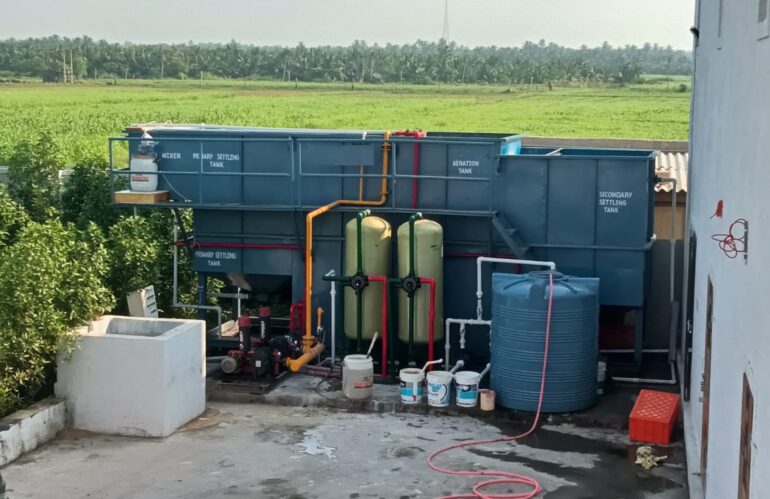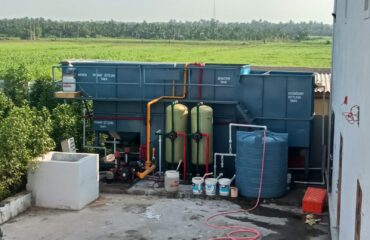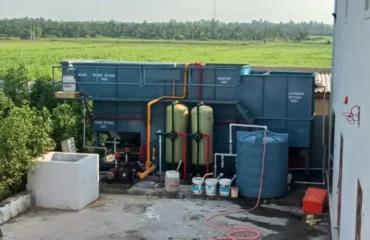Introduction
Mumbai, the bustling metropolis of India, is not only known for its vibrant culture and economic significance but also for its complex urban infrastructure, including sewage treatment plants (STPs). As one of the most populous cities in the world, managing wastewater is a critical aspect of ensuring public health and environmental sustainability. In this article, we delve into the intricacies of sewage treatment in Mumbai, exploring the challenges faced and the solutions implemented.
The Need for Sewage Treatment
With a population exceeding 20 million people, Mumbai generates a substantial amount of wastewater daily from residential, commercial, and industrial sources. This wastewater contains a mix of organic and inorganic pollutants, pathogens, and other contaminants that can pose serious health and environmental risks if not treated properly. Additionally, the discharge of untreated sewage into water bodies can lead to water pollution, affecting aquatic life and ecosystems.
Infrastructure Overview
Mumbai’s sewage treatment infrastructure is managed by the Municipal Corporation of Greater Mumbai (MCGM). The city is equipped with several sewage treatment plants strategically located to cater to different regions. Some of the prominent STPs in Mumbai include:
- Bandra STP: Located in Bandra East, this plant has a capacity of treating X MLD (million liters per day) of sewage. It employs advanced treatment processes to remove pollutants and ensure the treated water meets regulatory standards before discharge.
- Versova STP: Situated in Versova, this plant handles Y MLD of wastewater and plays a crucial role in maintaining the water quality of nearby water bodies, including the Arabian Sea coastline.
- Colaba STP: Serving South Mumbai, the Colaba STP is one of the oldest sewage treatment facilities in the city. Despite its age, it has undergone upgrades to enhance its treatment capabilities and minimize environmental impact.
- Malad STP: Catering to the northern part of the city, the Malad STP utilizes innovative technologies such as membrane bioreactors (MBRs) and ultraviolet (UV) disinfection to achieve high-quality effluent standards.
Challenges and Innovations
Operating sewage treatment plants in a densely populated urban environment like Mumbai comes with its share of challenges. Some of these challenges include:
- Capacity Constraints: Rapid urbanization and population growth often outpace the capacity of existing STPs, leading to overloading and operational issues.
- Infrastructure Aging: Many STPs in Mumbai are aging, requiring constant maintenance and upgrades to ensure optimal performance and regulatory compliance.
- Industrial Effluents: Effluents from industrial zones add complexity to wastewater treatment, as they may contain specific pollutants that require specialized treatment processes.
To address these challenges, MCGM and other stakeholders have been implementing innovative solutions:
- Expansion Projects: Continuous expansion and upgrading of existing STPs to increase treatment capacity and efficiency.
- Advanced Treatment Technologies: Adoption of advanced technologies such as MBRs, UV disinfection, and tertiary treatment processes to improve effluent quality.
- Public Awareness and Participation: Engaging the public through awareness campaigns and encouraging responsible wastewater disposal practices to reduce the burden on STPs.
Towards a Sustainable Future
The efforts invested in sewage treatment in Mumbai are part of a broader initiative towards sustainable urban development. By effectively managing wastewater, the city not only protects public health and the environment but also harnesses the potential of treated water for non-potable uses such as irrigation, industrial processes, and groundwater recharge.
In conclusion, sewage treatment plants in Mumbai play a vital role in maintaining environmental sustainability and public well-being. Continued investment in infrastructure, adoption of innovative technologies, and community engagement are key pillars in ensuring a cleaner and healthier future for the city and its residents.


